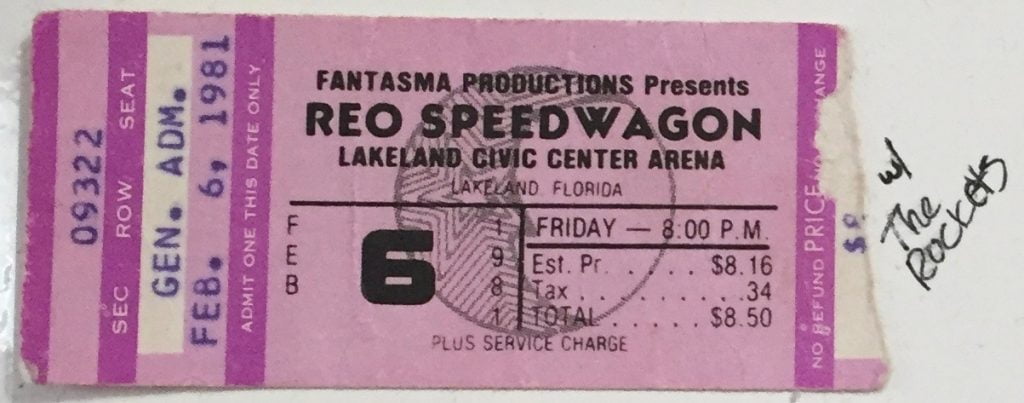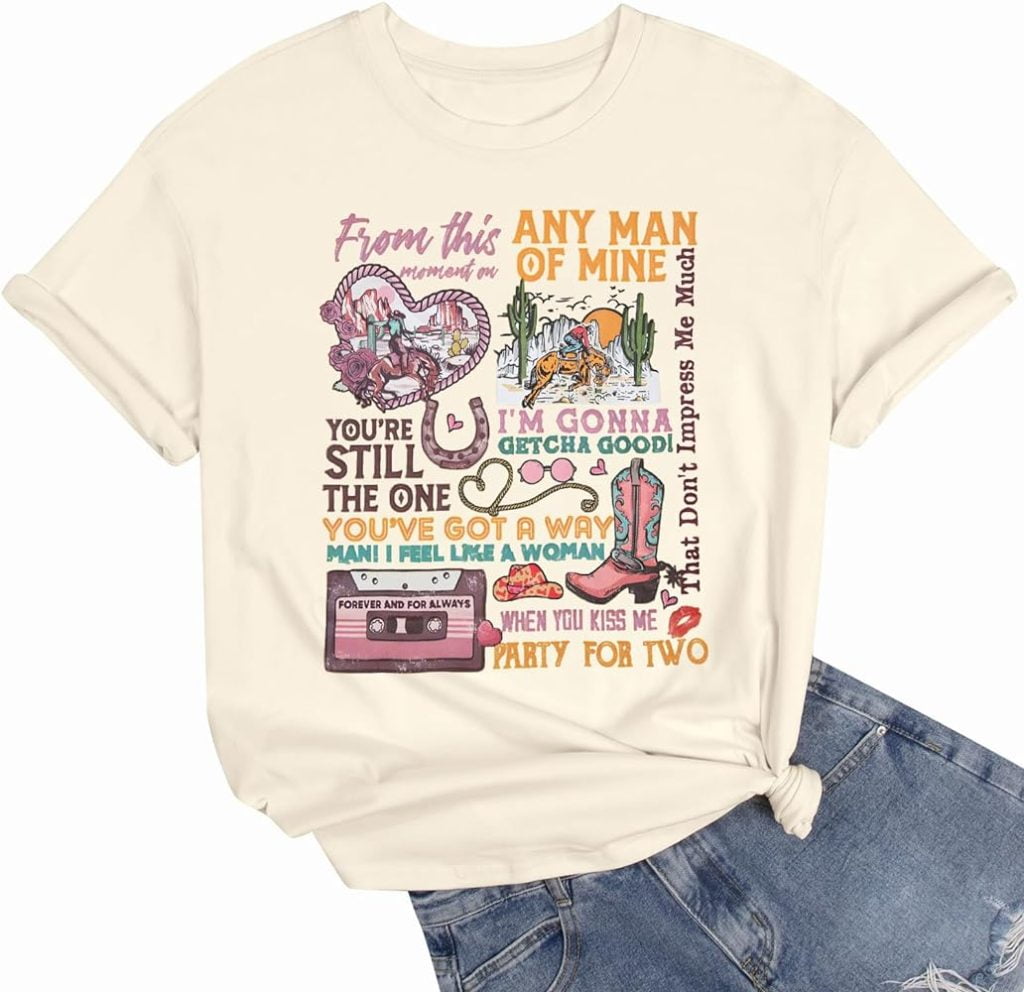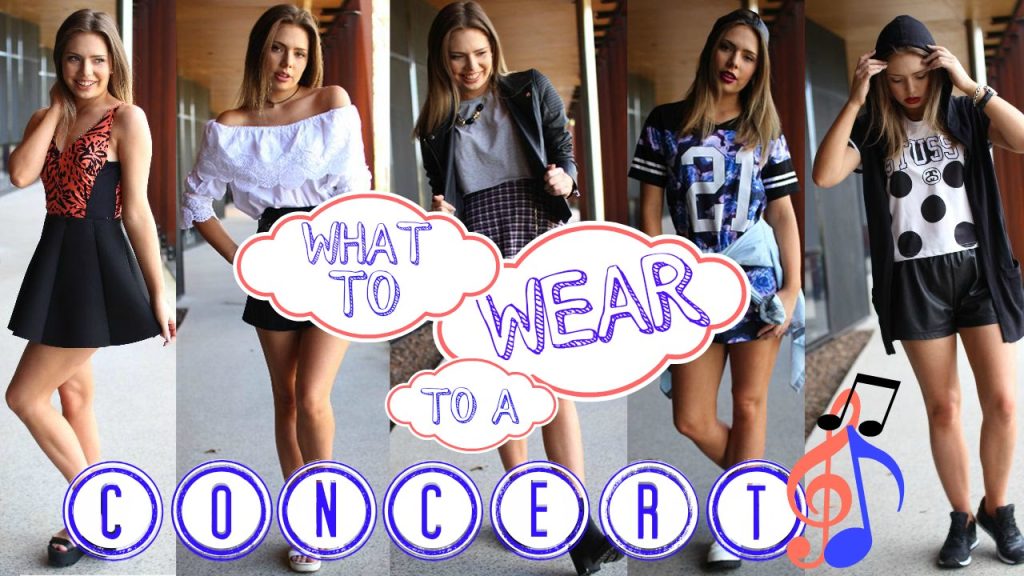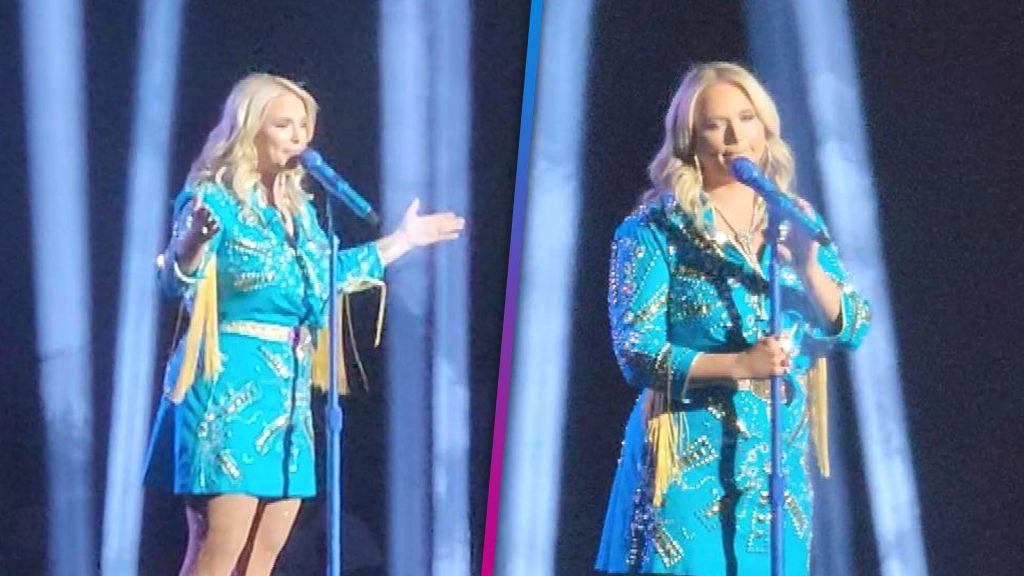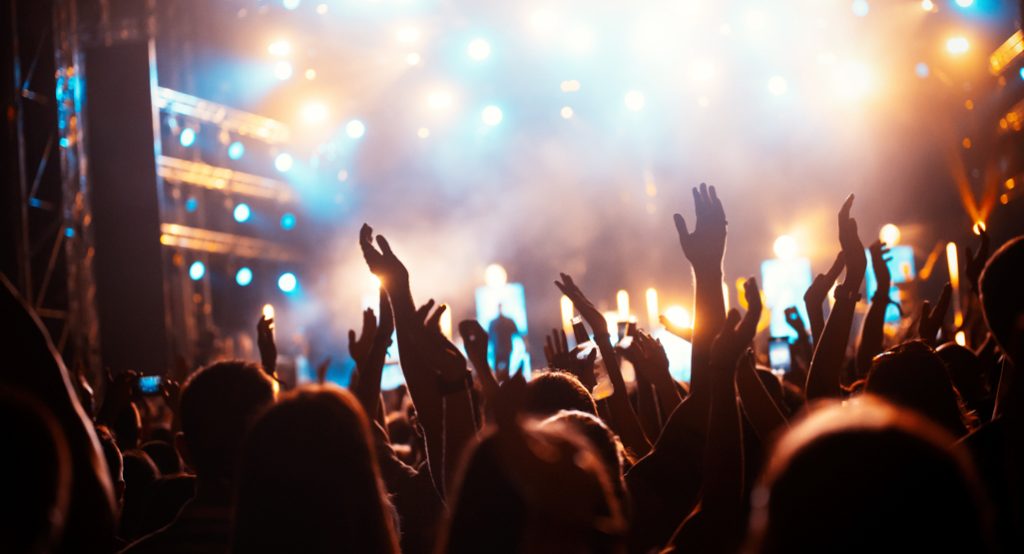Ever wondered what a concert ticket cost in 1980? Going back in time, backwards into the air, into the historical phenomena of concert ticket prices, is an interesting exercise. For many, going to concerts is a cherished activity. The price, however, has undoubtedly changed over the decades. In this blog, we will take you back to 1980 because that was a massive year in live music. We’ll also explore what it costs to see some of the era’s biggest stars on stage. Buckle up for a trip back in time, crunching numbers and more, as we ask: How much was a concert ticket in 1980?
[ EUROPE TICKET PRICES ]
[ CONFIRMED ]@BTS_twt LOVE YOURSELF World Tour in Berlin:Ticket Prices : VIP 250 | 180 | 150 | 120 | 90 | 60 (EUR) + fees#EUROPE #BTS #iVoteBTSBBMAs
— BTS Europe ARMY⁷ (REST) (@BTSEuropeARMY) May 17, 2018
The Golden Era of Concerts: Overview of the 1980s Music Scene
The Eighties were the golden age of concerts when the music business was exciting and affordable. This was when you could provide anyone with the answer to how much a concert ticket cost in 1980, and they’d look at you with astonishment at how low of a figure you were calculating.
The Having a Few Gigs Affordable
You may be wondering, what was a concert ticket cost 1in 980? It was surprisingly inexpensive. The average ticket reportedly cost about $12. That might sound shockingly low, but that amounts to around $38 in inflation-adjusted terms. Yet while ticket sales were once the most significant determinant of a band’s success, a combination of skyrocketing artist expenses and rising venue costs have driven the average ticket price today to much higher than that.
Legendary shows such as The Rolling Stones’ 1981 American Tour had an average ticket price of just $16.
Musical Landmarks
The 1980s were a time of great musical experimentation; a few concerts defied pretension and changed concertgoing’s face.
- Our Madonna’s Like a Virgin Tour
- Michael Jackson’s ‘Bad’ tour
- Queen’s iconic performance at Live Aid
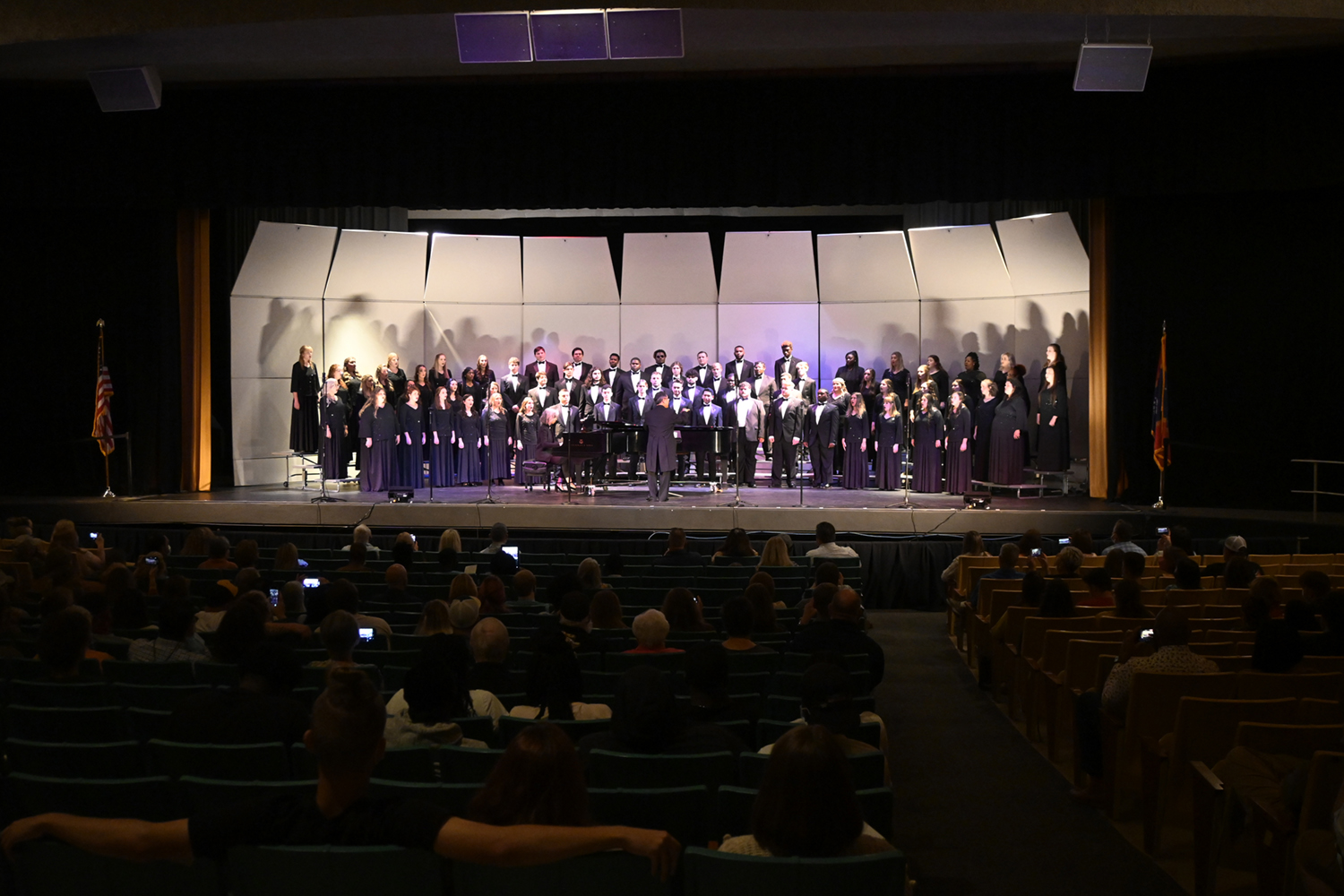
The Financial Aspect: Cost of Concert Tickets in the 1980s
Setting the Stage: Ticket Prices in the Early 1980s
Concert ticket prices were modest in the early 1980s. A ticket to a popular act might have cost $10 to $20 in 1980, adjusted for inflation, or just over $31 to $62 in today’s dollars.
Some iconic shows, however, commanded higher prices. For example, a hot ticket to The Rolling Stones’ 1981 American Tour crossed the $25 threshold (about $70 today when adjusted for inflation).
What was the most expensive song?
By the late 80s, ticket prices began to rise. Some of the biggest tours in 1989, including Madonna’s Blond Ambition tour and The Rolling Stones’ Steel Wheels tour, took ticket prices far beyond the $30 threshold.
- It costs about $30 to see you on the Blond Ambition tour (about $62 today).
- Tickets for the Steel Wheels tour cost audiences when you subtract the surcharge of roughly $28-$50 (which,h adjusted for inflation,n is some $58-$104).

Comparative Analysis: 1980s Concert Ticket Prices Vs. Today’s Prices
What did a concert ticket cost in 1980? This question sets us on a fascinating journey through time as we compare ticket prices then and now. The average concert ticket in the 1980s would have cost about $12. Fast-forward to now, and the average price of concert tickets has increased exponentially, ranging from about $40 to hundreds, sometimes thousands, of dollars, depending on the act.
Price Inflation and the Shifting Concert Business
This is not an inflation story. One factor contributing to this is the evolution of the concert industry. In the ’80s, concerts were simply a means to sell albums, and they weren’t the primary source of income for artists. Now, they’re a significant source of revenue, affecting ticket prices.
Some Drivers Behind Prices Today
Production costs, artist fees, and consumer demand shape ticket pricing today.
Production Costs: Concerts, especially today’s, require elaborate staging, visual effects, sound systems, and extra personnel, which means a higher price tag.
Artist Fees: With music sales slumping, artists and their teams demand higher, better concert payouts to make a difference.
Consumer Demand: Prices keep going up — as long as fans will pay.
Economics at Work in the Cost of 1980s Concert Tickets
If we turn back the clock to the 1980s, then the price of a concert ticket manifested the underlying economics. The average cost of a concert ticket in 1980 was approximately $10 – $15, but such things heavily impacted the final charge.
Inflation and Cost of Living
The biggest concerns were inflation and the cost of living. Worries about inflation and rising costs began in the 1980s, when inflation began pushing the general cost of living higher, forcing concert ticket prices upward.
The 1980s are often called the era of ”great inflation,” when prices for consumer goods, including concert tickets, soared.
Artist Popularity and Demand
The other major factor was the popularity and demand of the actual artists.
Tickets for top-tier artists’ concerts, such as Madonna and Michael Jackson, were far above the regular price. This was due to their popularity and fan base during the 1980s.
- You could get a ticket to a Madonna concert for about $25.
- A ticket to a Michael Jackson concert might run $30.
1980 Concerts by The Big Names and How Much Their Tickets Cost
For music fans in the eighties, it’s nothing compared to seeing your favourite acts live. The decade was filled with some of the best, providing memorable gigs that are still being discussed. But what did concert tickets cost in 1980? So, let’s take a walk down memory lane and decode the pricing of some popular concerts from this golden era!
For the Pop King: The Legend of Muhammad Ali
Michael Jackson is among the most iconic performers in the world, known for his show-stopping performances and acatalogueg of music that has transcended generations. In 1980, he had a Triumph Tour with his brothers.
Michael’s popularity wasn’t the only factor in ridiculously high ticket prices. The average cost of a concert ticket varied between $10 and $30, but it spiked to $200 depending on the exclusivity of the concert.
Rock Legend: Led Zeppelin and AC/DC
Hard rock fans were supposed to follow Led Zeppelin and AC/DC closely in 1980.
The tickets for Led Zeppelin’s shows averaged around $15, which enabled numerous fans to experience the magic of their live performances.
Meanwhile, the Australian rock band AC/DC usually charges $7 to $10 for tickets on the ‘Back in Black’ tour. This cheap ticket price allowed many fans to see their incendiary live shows.
Nostalgia Alert: Memorable Concert Experiences from the 1980s
Everyone remembers a live stage performance in the 1980s! It was a golden age for music lovers, and concert tickets arguably gave you more bang for your buck than ever. S, just how much did a concert ticket cost in 1980? So, let me take you on a nostalgic trip way back in time, one story at a time. I can only say ticket prices were a fraction of what they are today.
The Price of a Ticket
In the 1980, the average concert ticket price was about $10-$15. That might surprise you, so you might gasp at how cheap that sounds compared to today! But keep in mind that this was a big deal back then. Everything was based on the average hourly wage ($3.10).
Even a ticket to an AC/DC concert in 1980 cost $12.50 (adjusted for inflation), which felt as big a commitment at the time as a ticket for a major artist might today.
Memorable Concert Experiences
The 1980s weren’t just about cheap tickets but memorable experiences, too. The King of Pop’s Thriller Tour, Queen’s iconic shows, etc., these musical spectacles etched permanent residues on fans’ hearts.
Michael Jackson’s Thriller Tour, 1982: The King of Pop’s concerts were worth the ticket price. The spectacle, the stagecraft, and witnessing pop history unfold were worth the cost.
Queen’s Magic Tour, 1986: The band’s last tour with Freddie Mercury makes it forever memorable. Escotado remembers it as a good value because it allowed him to see one of the greatest players of all time at his peak.
Frequently Asked Questions
What was the average price for a concert ticket in 1980?
Richard Salgado, who chairs the company’s global risk management committee.
What were concert ticket prices like in 1980 vs now?
In 1980, concert ticket prices were at an all-time low. Adjusted for inflation, they have nearly tripled since then.
Why, since 1980, have concert ticket prices gone up more than 1,000%?
Reasons Why Concert Ticket Prices Have Increased Since 1980: Since 1980, inflation, fees for artists, concert production, and operational costs have increased.
Were all concert types uniform pin prices in 1980?
No, not all types of concerts cost the same in 1980. Prices differed according to the artist, venue, e, and seat location.
Which of the 1980 concerts was the most expensive?
I couldn’t find information on the most expensive concert in 1980, but concerts by popular and successful artists were generally the most costly.
How much is a concert ticket from 1980 in today’s dollars?
A $10 concert ticket in 1980 would cost roughly $30 today.
Conclusion
However, with the value of money and the cost of experiences steadily rising over the decades, it’s unsurprising that concert tickets follow suit. Concert tickets in 1980 were much cheaper than they are today, which might have made live music available to a broader audience. If we could turn back the clock, many of us would treasure those simpler days when the cost of entering a concert hall might have been as much as we now shell out for a cup of fancy coffee. As we head into the future, it’s essential to understand our musical history and how much economic factors have formed our concertgoing experiences.

